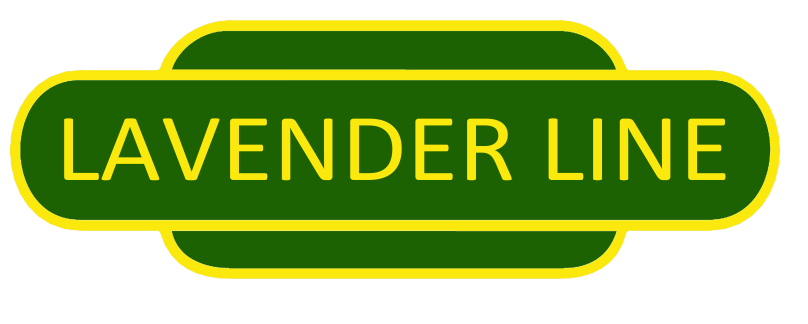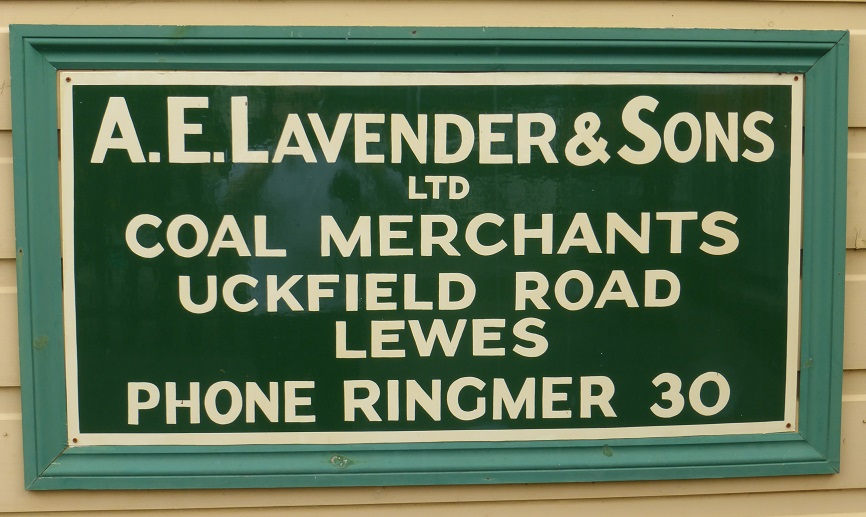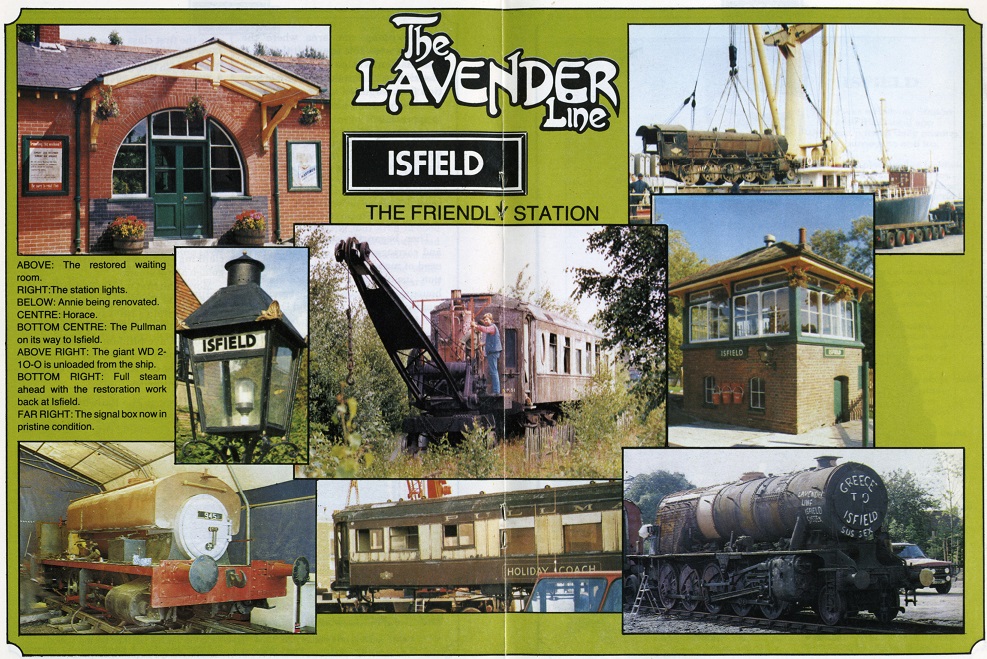The Lavender Line forms part of a branch line from north of Lewes to Uckfield opened by the Lewes and Uckfield railway in 1858. This was taken over by the London Brighton and South Coast Railway (LB&SCR) in 1864. In 1868 the line was extended to Tunbridge Wells via Groombridge
and the single-track route into Lewes was doubled and altered to enter Lewes from the east. This meant that Brighton to Tunbridge Wells services could be operated without reversal. In 1894 the line from Uckfield to Tunbridge Wells was doubled and the more direct route to London via
Eridge and Oxted was built, however this saw little use until also doubled in 1914. The line became part of the Southern Railway in 1923 and was not included in the electrification schemes of the 1930s.
In the mid 1950s the timetable (little changed under the Southern or after the line was nationalised in 1948) was improved with peak hour direct trains to London and regular connections at other times. Some Brighton to London services were operated but the route was very slow and mainly served local needs.
The Beeching report in 1963 listed the whole route from Oxted to Lewes as unremunerative and closure was first proposed in 1966. By 1964 a combination of the poor condition of the bridge over Cliffe High Street in Lewes and the
intention to build a new road severing the route had already led to BR adding reinstatement of the route closed in 1868 to an act of parliament in the 1965/66 session at an estimated cost of £120,000 (around £2 million in 2023).
Despite protests (the line remained quite busy) closure between Uckfield and Lewes was approved in 1968 with closure intended on the 6th of January 1969. Delays in approving the replacement bus service meant the line did not close
but the deteriorating state of the bridge and damage to the large bridge over the Ouse in Lewes caused an emergency timetable with a single line shuttle service from Barcombe Mills to Lewes to be introduced. Uckfield to Oxted and Tunbridge Wells was reprieved by means of a subsidy at this time.
The last trains ran on February 23rd 1969 (not least due to the practical difficulties of passengers changing trains at the oil lit Barcombe Mills in the depths of winter) and an emergency bus service was introduced with Isfield and Barcombe Mills
stations remaining open to sell tickets. At Isfield this was straightforward though the signal box was used as the booking office due to it being more convenient for the road.
Barcombe Mills, however, was not suitable for a bus service and a minibus connection to the main road had to be run. Final closure of the stations took place on the 5th of May 1969.
Coal traffic to Isfield had already ceased but the coal merchant continued to use the yard. The track was eventually lifted in the early 1970s and the site was left derelict.
In 1978 the waiting room from the down platform and the frame from the signal box were sold to the Bluebell Railway (which originally extended to join the line near Lewes), the waiting room being added to that at Sheffield Park.

Just before closure (January 1969)





